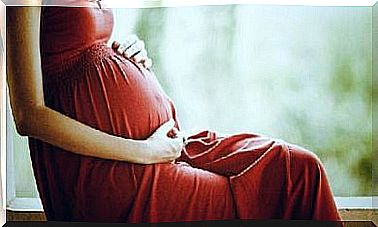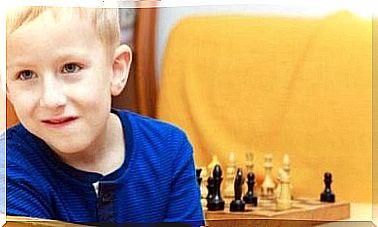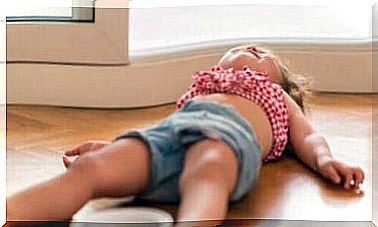The Gait Reflex In Infants
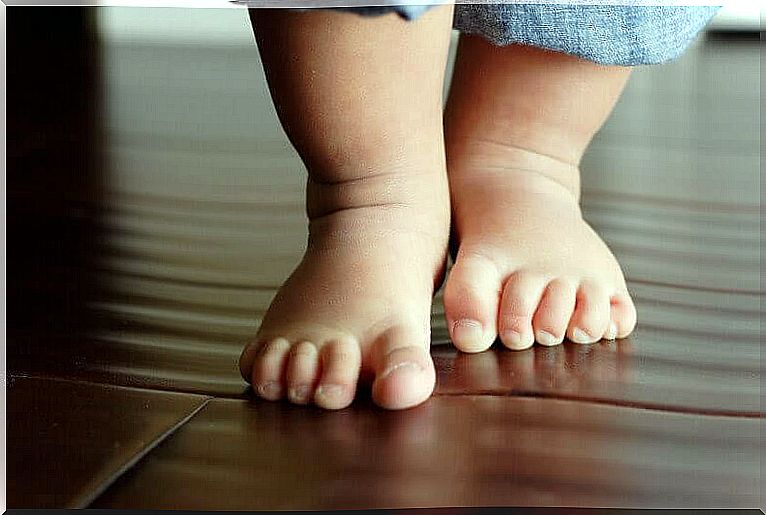
The gait reflex is an instinctive behavior that is seen in infants during their first month of life. Like many other reflexes, it is an indicator that development is going as it should. Let’s see what it consists of and what warning signs you should look out for.
The body’s reflexes are one of the most effective ways for pediatricians to assess whether an infant is developing as expected. The most common are the search reflex, the grip reflex, the morore reflex and the suction reflex.
To this list we can add the gait reflex, which is seen on about the fourth day of life.
It really is a tangible movement for such a small creature. It is so fascinating that a video showing a newborn on a “walk” became a viral phenomenon.
If the child follows his normal development, the gait reflex should disappear when he reaches his first month of life. If it stays longer, it could be a warning signal, which we will take a closer look at a little later.
How to evaluate the gait reflex?
To test the gait reflex, you just need to hold the child under his arms and stand him upright as if he were standing up. His answer should be to stretch out and bend his feet and move them alternately as if trying to walk.
This is also known as a “step reflex” or a “primitive reflex”. The same movement usually appears as a conscious movement later, between the eighth and twelfth month of life, when the baby is ready to start walking.
When should you worry?
The fact that congenital reflexes disappear is not a cause for concern if it occurs at the right time. Given that the child learns to control his movements a little at a time, it is only natural to stop reacting instinctively to every external stimulus.
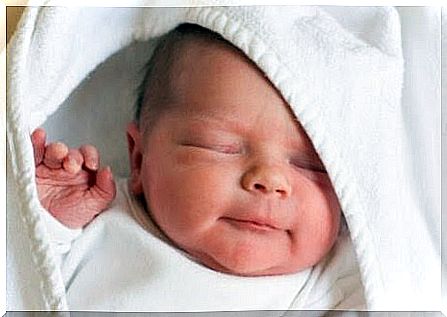
What you should actually take a closer look at are reflexes that stay longer than they should. This may indicate a delay or deterioration in the child’s motor development.
In these cases, a doctor should examine the child in more detail to determine what action to take.
Other reflexes that are characteristic of the first months
In addition to the gait reflex, other so-called primary or archaic reflexes occur during the first weeks of life, including:
- The sucking reflex. This is the reflex that allows infants to drink milk from their mother’s breasts, but it also shows up when you hold other objects close to the baby’s lips.
- The search reflex. Babies touch their head against your finger when you touch their cheek or mouth. This allows them to find their mother’s breasts to breastfeed.
- Grip reflexes. When you move something close to a baby’s hand, it closes that hand to grab the object. The reflex can also be shown with the feet.
- Mororeflexen. This is a defensive response in infants where they cross their arms and place them against their chest. The reflex disappears after 6 months.
- Babinski reflexes. This reflex means that the child spreads with the toes and the big toe can point upwards if you use the finger to stroke along the outer part of the sole of the foot from the heel to the toes. The reflex disappears when the child begins to stand on its feet.
- The train grip reflex. Babies open their fingers in a fan shape when touching the sole of the foot.
- Tonic neck reflex. This reflex means that when the child is lying on his back with his head turned to the right, the right arm and right leg will also be stretched out on the right side. At the same time, the child bends the opposite arm and leg. If you turn the child’s head in the other direction, the arms and legs should follow but now in the other direction.
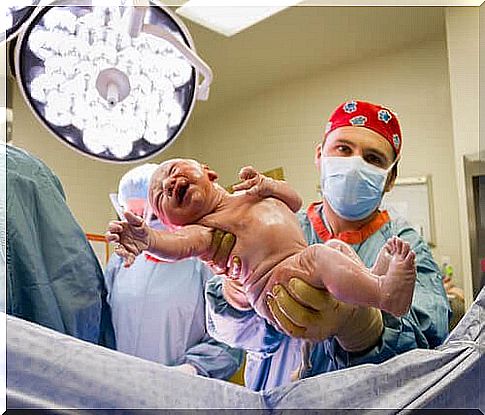
In addition, infants also develop reflexes that will persist throughout life, such as yawning, blinking, sneezing, coughing and swallowing reflexes.
Because of all of the above, it is extremely important to go through all the checks and tests that your baby is called to during the first months of life.
The pediatrician is responsible, already minutes after the birth, for confirming that all the baby’s functions are working properly. Going through all the checks means that you can be sure that everything is going well with your child’s development.


